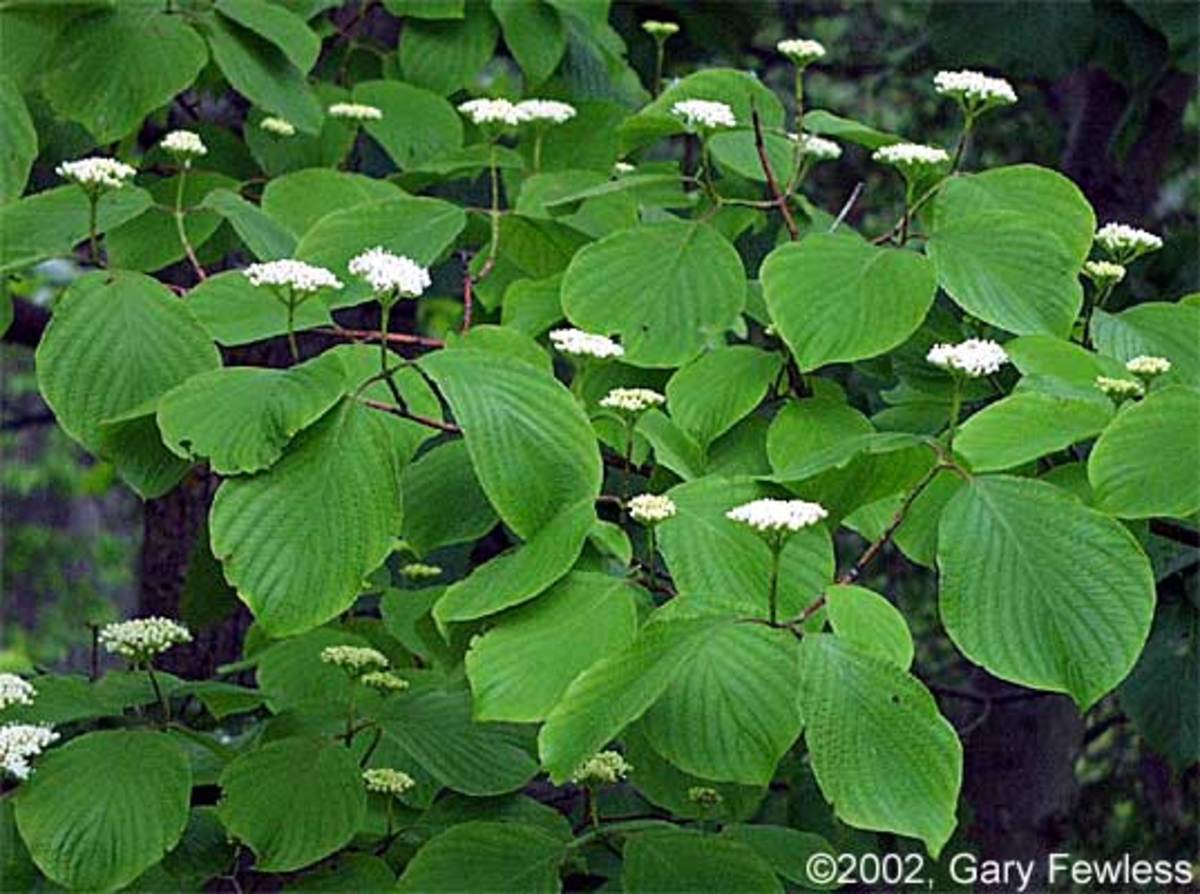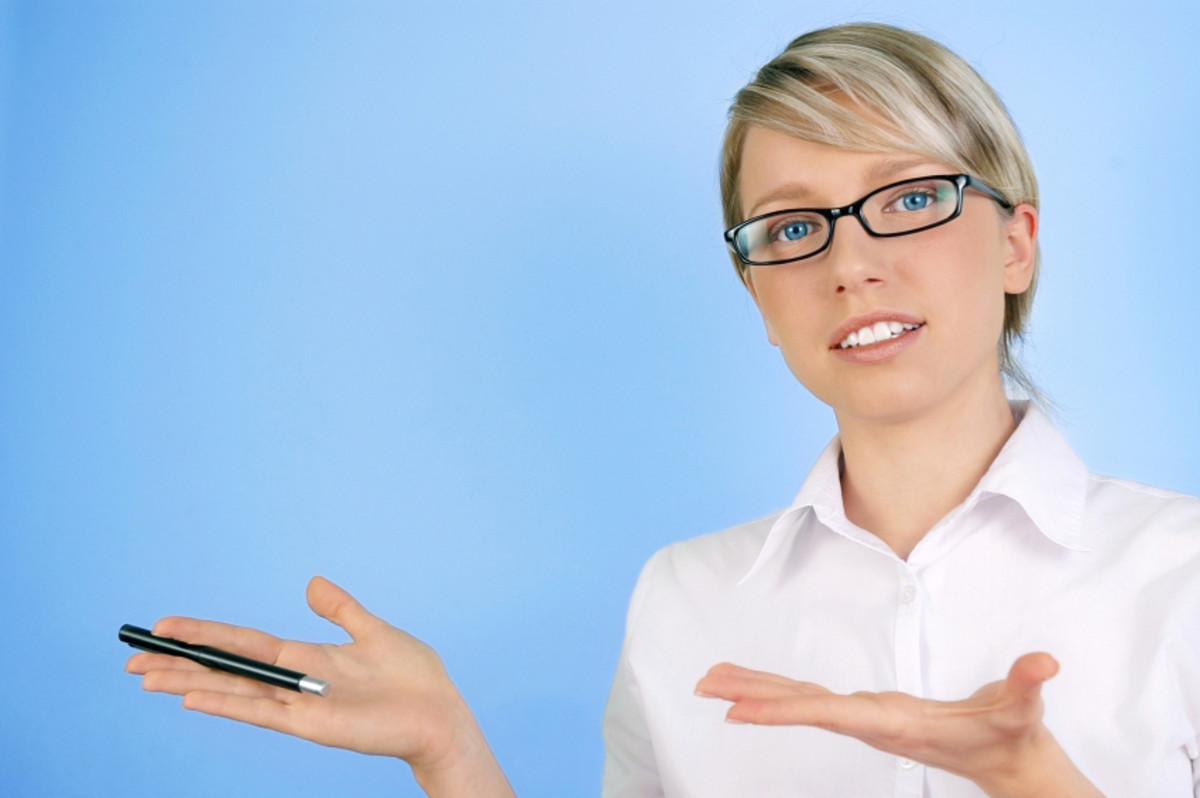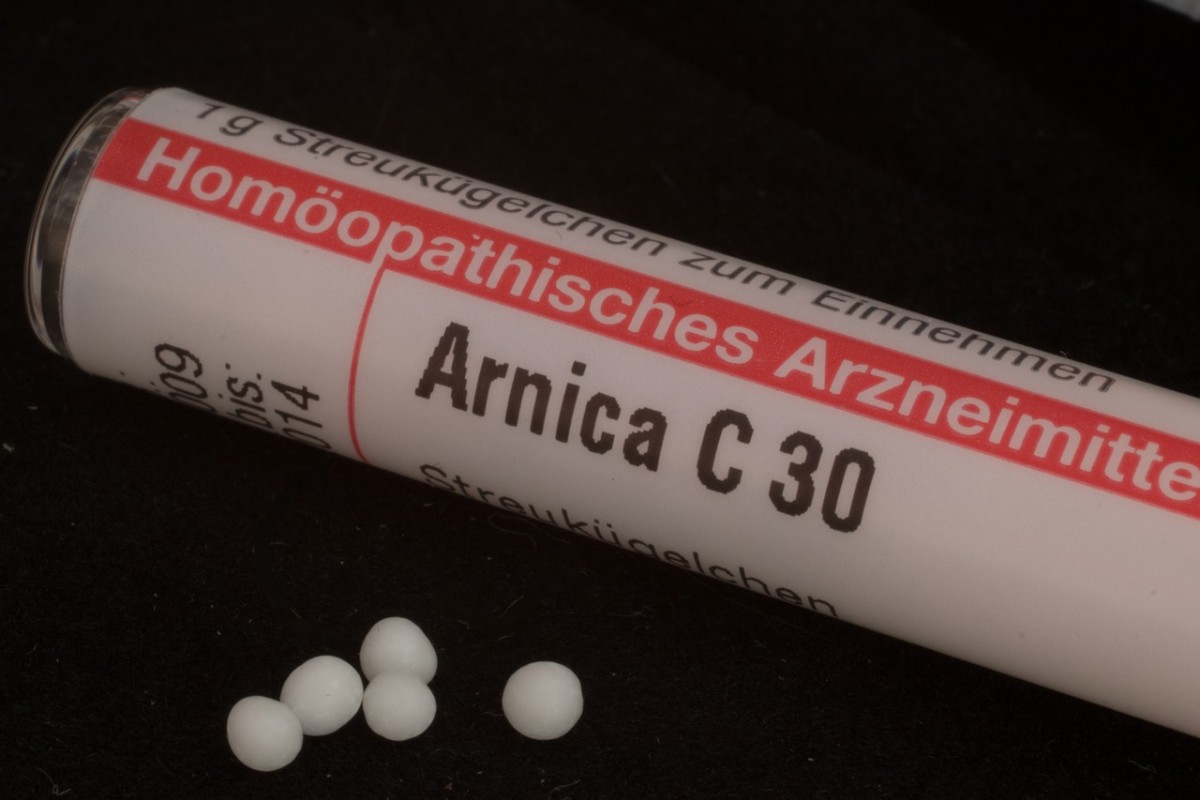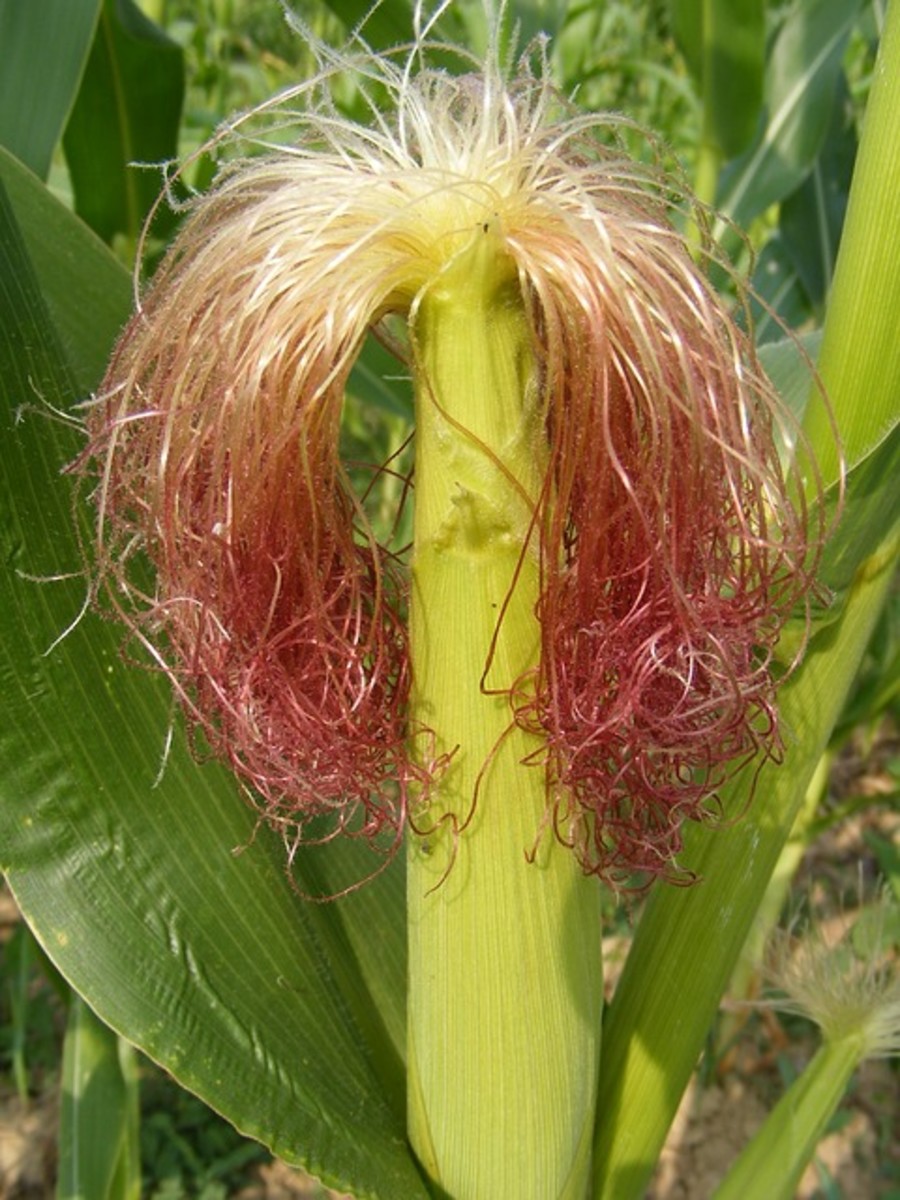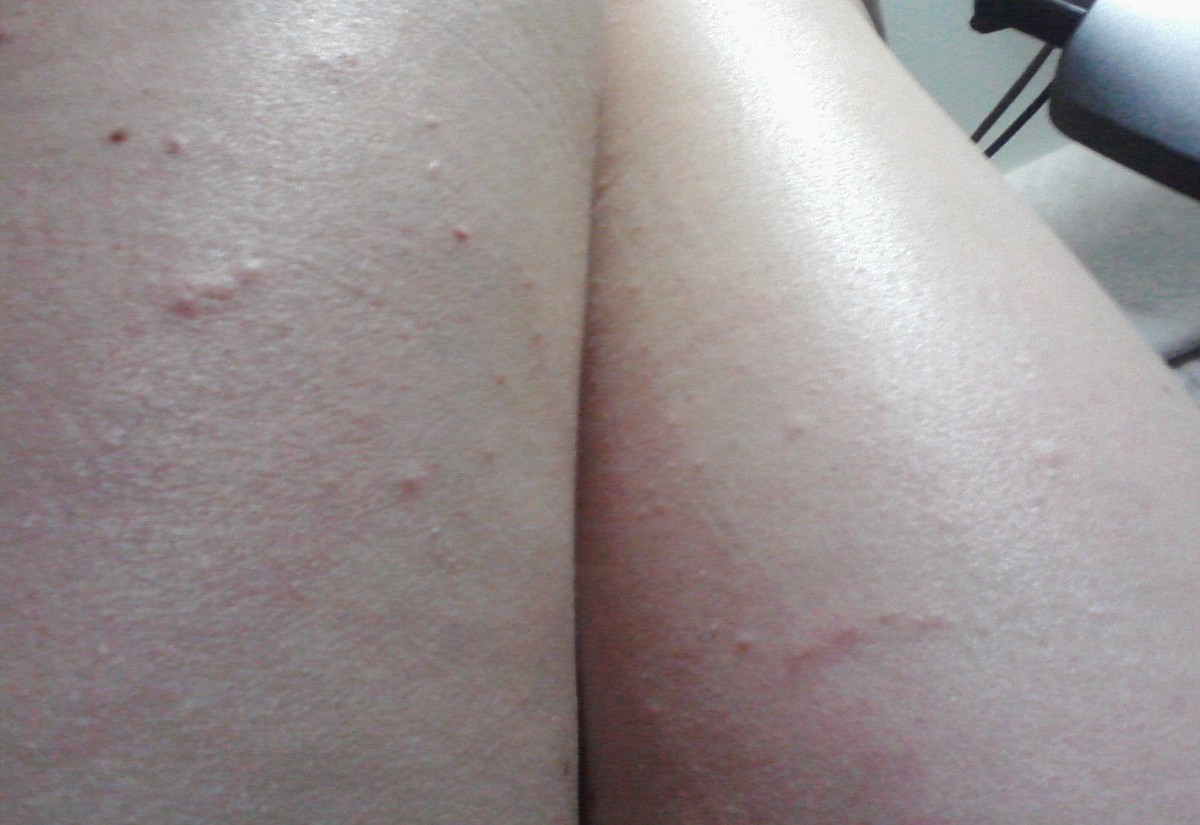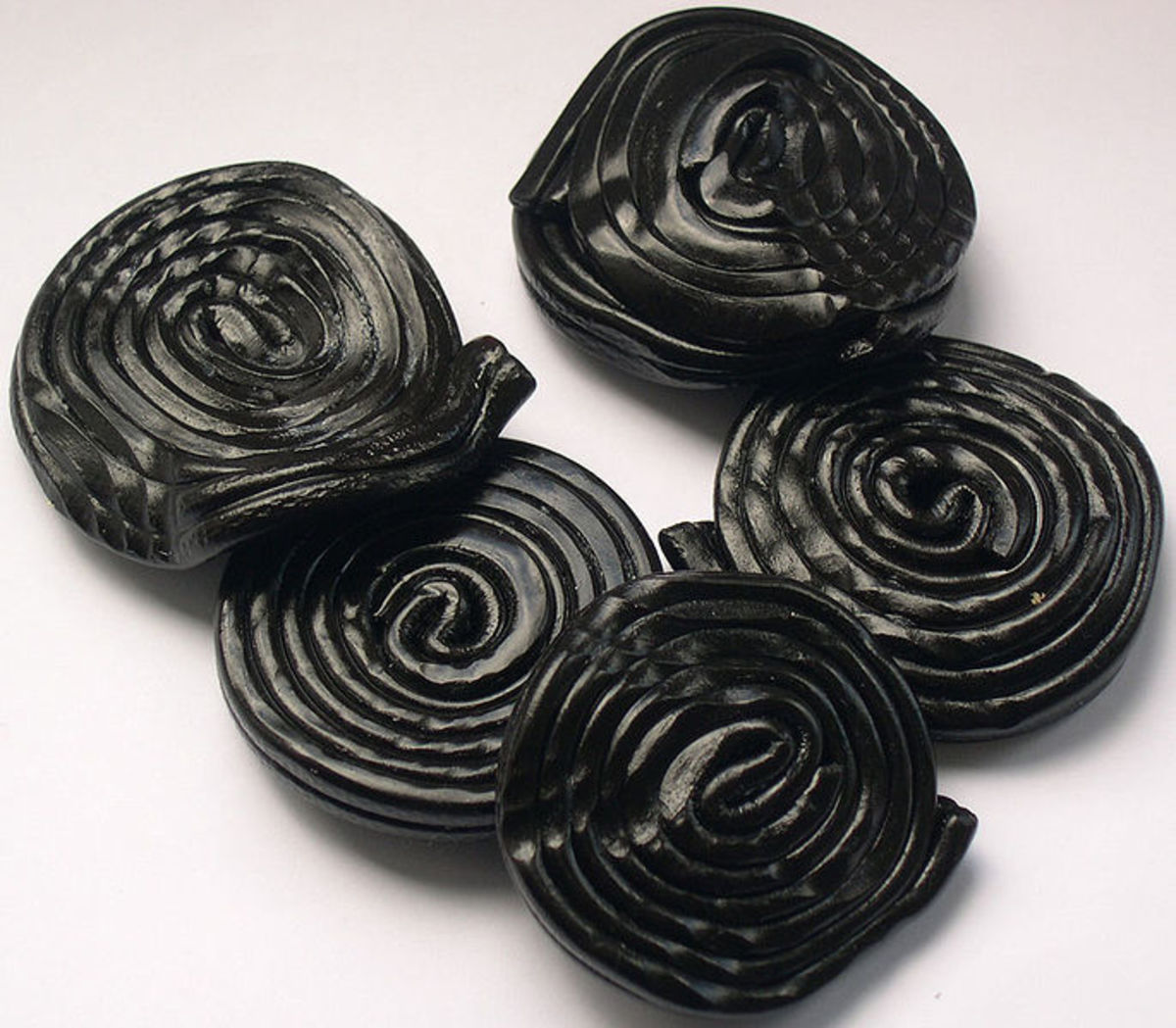Homeopathy - Fake, Fiction, or Fact? - 300 Years Old or 3,000?
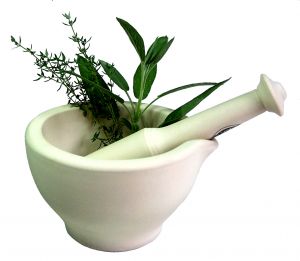
Positive Personal Experience With Homeopathy
Always interested in alternative treatments since it was discovered in childhood that I am allergic to many medications, I wondered about homeopathy as an adult. Several acquaintances, friends, colleagues, and clients reported good results from various homeopathic treatments for common illnesses. A few reported no results at all, but none reported any ill side effects.
My one experience with homeopathy was very good. A stuffy nose several years ago responded to nothing - antibiotics, over the counter products, steam, vaporizer, nutrition, and other methods. I went to a health food store where the helpful department head aided me by explaining some homeopathic remedies. I purchased a small tube of tiny tablets, used just a few, and in 2 days, my nose was clear and stayed clear.
Although controlled study results differ in whether homeopathy works, many studies conclude that it does in certain cases. This evidence and personal experience show me that homeopathic remedies work for at least some people some of the time and that is substantial enough evidence for me to uphold its value. In addition, homeopathic remedies are very low-risk and present no side effects or drug interactions.
Homeopathy Links
- The American Association of Homeopathic Pharmacists
- Homeopathic Medical Assocciation of Canada
Professional association which represents the interests of homeopathic doctors and promotes homeopathic medicine throughout Canada. Its membership consists of homeopathic doctors, homeopathic medical students, and suppliers of homeopathic medicine. - Professional Association of Veterinary Homeopaths
Quinine
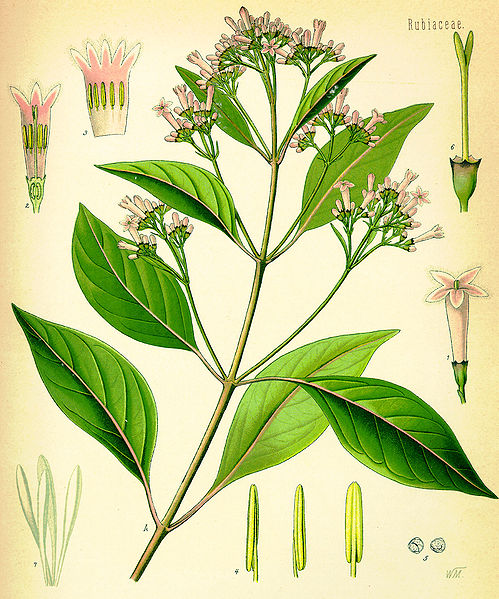
Also known as "China" this homeopathic product is used for muscle spasms and cramping. It also calms nerves, lower back pain, soreness, rigid toes, and tingling feet as well as digestive problems.
Related Links
- American Association of Cancer Research
AACR is proud to be the scientific partner to Stand Up To Cancer, an unprecedented collaboration uniting the major television networks, the entertainment industry, and prominent leaders in cancer research and patient advocacy in a major initiative to - Traditional Korean Medicine (TKM)
Homeopathy in 1790 and 1245 AD
Definition: "a system of treating diseases in which ill people are given very small amounts of natural substances which, in healthy people, would produce the same effects as the diseases produce" - from the Cambridge Dictionary online.
The Natural Healers website at naturalhealers.com states that homeopathy began around 1790 in Europe.
A German physician, Samuel Hahnemann, found that when he administered a derivative of cinchona bark to patients, that malaria was ameliorated. Cinchona bark is also known as Jesuit's bark, Peruvian bark, and quinine bark. Grown in Peru in South America, it is also cultivated in Java and India to produce medicinal compounds that are alkaloids. These alkaloids include quinine and quinidine and are produced from the bark of the tree as it is dried and powdered.
However, I find elements of homeopathic treatment seeming to appear in the Korean Hyangyak Gugeupbang or First Aid Prescriptions with Native Ingredients written in 1245 AD.
For instance, the use of Angelica in small doses only is mentioned in the ancient book, which is difficult to confirm except by oral tradition. Still, the Angelica is alluded to at The GreenStuff.com page for Angelica.
Today we have modern results in a recent Korean study: A novel anticancer agent, decursin, induces G1 arrest and apoptosis in human prostate carcinoma DU145 cells. Researchers: Dong S. Yim, Rana P. Singh, Sook Y. Lee, Chapla Agarwal, Rajesh Agarwal. Sahm Yook University, Seoul, Republic of Korea and University of Colorado Health Sciences Center, Denver, CO.Proceedings of the AACR, Volume 45, March 2004. In this study, Angelica gigas root was used successfully in this 2004.
The first clear, confirmed evidence of homeopathy practice is the 1790 event connected with quinine.
Hahnemann worked on translating the Scottish Dr. Cullen's Materia medica (Latin for Medical materials) into German and found the notation that quinine can cure malaria and can also produce malaria -- This is the keystone to homeopathy.
Experimenting on himself, as many individuals did in those times, Hahnemann began ingesting a large non-homeopathic dose of quinine bark every day in order to see whether it caused malaria. In fact, after about a fortnight, he reported “malaria-like symptoms” and stopped taking the drug. It was at this moment that the like cures like notion was encompassed in order to form the foundation of homeopathic medicine. But how does it work? --
Proof of how homeopathy works came in 2001 from Korea:
Unexpected solute aggregation in water on dilution. Researchers: Shashadhar Samal and Kurt E. Geckeler. Laboratory of Applied Macromolecular Chemistry, Department of Materials Science and Engineering, Kwangju Institute of Science and Technology, 1 Oryong-dong, Buk-gu, Kwangju 500-712, South Korea. Chemical Communications (2001, p 2224)
SUMMARY: Not all molecules dissolved in water spread apart. Some molecules move closer together. This is the first evidence of the method in which some homeopathic remedies work. Diluting medications repeatedly thus increases their potency.
Pharmacopuncture with Tiny Quantities of Herbs
Historical Documents and Opinion
Forms of a Materia-medica types of compilations date back to several ancient culture. These include the Chinese Shennong Bencao Jin published sometime between 2,800 BC and 300 BC. Since similar Korean and Hebrew compilations, some not very accessible, extend as far back as 5,000+ years into the past, my opinion is that the Shennong Bencao Jin is older rather than more recent. Even more reasonable in this vein is that since
- humans first appeared in the Northern Africa/Middle East area, spreading across the globe and
- every culture has to opportunity top develop its own health and medicine practices among Indigenous Peoples,
then the oldest compilations would appear in and near the birthplace of mankind, even if only pictured on cave walls. Further, medicine and healing have been linked with ancient martial arts, the oldest recorded on tomb walls inside of Egyptian pyramids c. 3,000 to 2500 BC -- Ancient Egyptian soldiers practice “karate” on the walls of antiquity, captured in popupular marital arts videos in the marketplace. Thus, the Egyptian medical system(s) might have somehow hinted at the homeopathic, but this is unclear. Traditional Chinese Medicine may have included some element of homeoapthy, since Korea first used TCM before its own TKM and at least used Angelica homeopathically in millennia past. Such TKM use of Angelica could be entirely a Korean phenomenon, but this is also unclear.
The Indian Sushruta Samhita Ayurvedic was compiled during the 6th Century BC. Moving forward soome 600 years, Spanish Muslims used their own compilation beginning in the 1100s. Persia’s Al-Qanun fi al-Tibb or The Law of Medicine was compiled by Abu ‘Ali al-Ḥusayn ibn ‘And Allah ibn Sīna, published in 1025 – the main difference from others being that it included medical compounds as well as plants and minerals. From this point, many other compilations emerged globally.
The Korean Hyangyak Gugeupbang (First Aid Prescriptions with Native Ingredients) was published in 1245 and included some elements of homeopathy. Under King Sejong‘s reign later from 1418 - 1450, Uibang Yuch'wi became a major medical compilation of all Chinese Medicine used in the kingdom. Then, the Hyangyak chipsongbang became the mainstay medical manual, all-Korean and the start of Traditional Korean Medicine.
Going back to the Chinese compilation, Shennong is literally "The Divine Farmer", but he is called The Emperor of the Five Grains. He lived reportedly c. 2,800 BC and tested substances for their qualities in order to teach the Chinese effective agricultural techniques while preserving animal life. Today, Shennong is a Chinese social/cultural group and the Chinese diet contains far less meat that the Western diet. One wonders if the Chinese use meat homeopathically in the very small doses found in their cuisine.
A form of homeopathy has found its way from the 1960s into 21st Century TKM, where tiny amounts of herbs are used in pharmacopuncture (see video below).
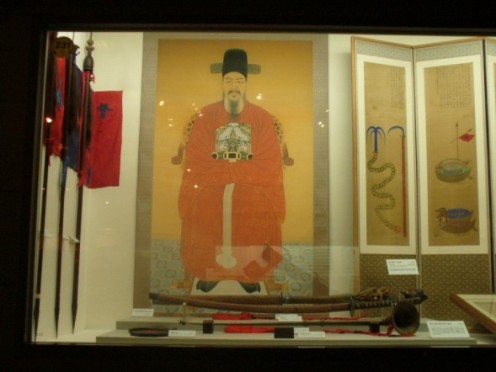
Song Duk Ki Training in His 90s
Homeopathic Products
References
- The Genographic Project. The Smithsonian Institution, National Geographic, and IBM. Ongoing.
- Samguk Sagi. c.1145 AD. Early Korean medicine handed down by oral tradition included garlic and wormwood, elements not associated with Traditional Chinese Medicine.
- Samguk Yusa.1200s. Compiled by a Zen master and included shamanic elements. By 1245, elements of homeopathy seem to appear in Korean medical manuals. Wormwood, garlic are mentioned as herbal remedies.
- Yongbi Ochon-ga or Tales of 10,000 Dragons Flying (or, “Songs of the Dragons Flying to Heaven”) and other works. 1446, by a Royal Commission of King Sejong the Great. Korean Rare Book Collection, Columbia University Library. [The Ohio State University possessed an English translation of a portion of Yongbi Ochon-ga and sent it to another state, but I was able to read it.] NOTE: Sejong invented the Korean alphabet c. 1444 and ordered a compilation of various examples of the new writing system to explain all aspects of Korean culture in this and other early works. Yongbi Ochon-ga has been lampooned in a play by the author Young Jean Lee, the play described in NYC as turning the epic into a minstrel show, although hilariously so.
-
"Homeopathy for Childhood and Adolescence Ailments: Systematic Review of Randomized Clinical Trials." Researchers: Umut Altunc, MD; Max H. Pittler, MD, PhD; Edzard Ernst, MD, PhD. Mayo Clinic Proceedings. January 2007;82(1):69-75. NOTE: No evidence was found to prove the efficacy of homeopathic remedies in this study.
- “Historical difference between traditional Korean medicine and traditional Chinese medicine.” Researchers: Cha, Wung-Seok; Oh, Jun-Ho; Park, Hi-Joon; Ahn, Sang-Woo; Hong, Se-Young; Kim, Nam-Il. Neurological Research, Volume 29, Supplement 1, February 2007 , pp. 5-9(5).
- Korean history, healing, and martial training materials. 1850 - 2010. Korea, France, USA. Song Duk Ki, Yun Kae Byung, Hong Chang Gil, Yang Choon. NOTE: Yun Kae Byung was a martial arts grandmaster trained in Korea, China, and Japan, a physician, and an operator of health food stores in California. The French recorded his movements, especially his return to South Korea at the end of his life, to live among the mountains and pine forests.
© 2010 Patty Inglish MS MPH



